The 10 most dangerous rivers and lakes in the world
Categories: Nature | Water | World
By Pictolic https://pictolic.com/article/the-10-most-dangerous-rivers-and-lakes-in-the-world1.htmlI want to give up everything in this disgusting city and go to the warmer climes on the beach, closer to the water, but there is no way? We suggest taking a look at our selection — perhaps the desire will disappear.
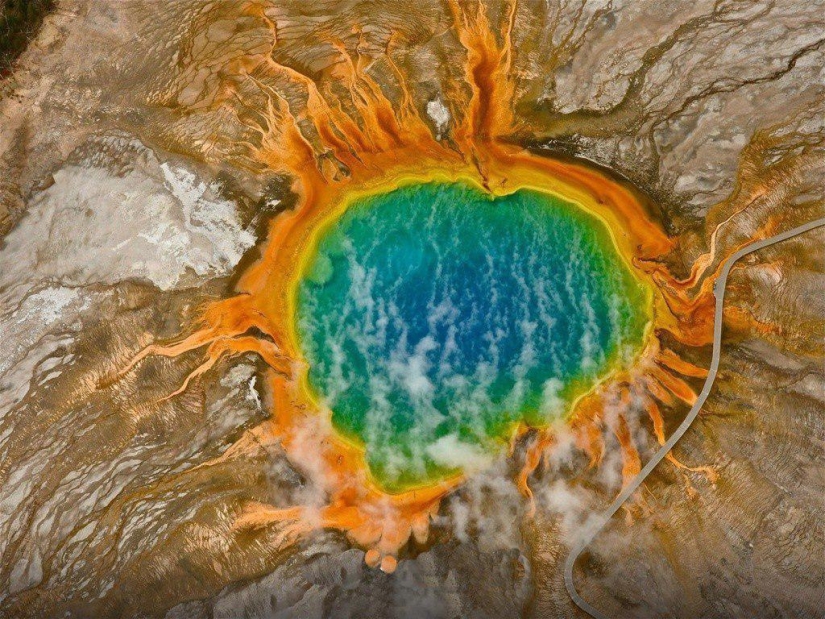
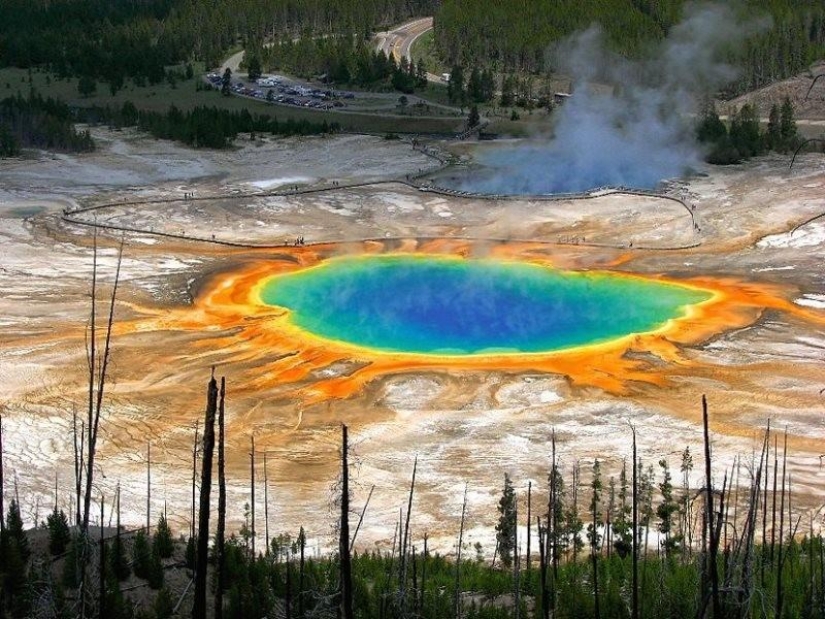
On the island of Sicily, which became famous due to the destructive power of Mount Etna and no less frightening, although not exposed to the power of mafia clans, there is one very dangerous attraction. The waters of the Lake of Death, which are essentially not waters at all, but concentrated sulfuric acid, are so destructive that, according to rumors in Sicily, Cosa Nostra used this place to hide the corpses of her unsuccessful enemies. In a matter of minutes, the deadly reservoir, fed by two underground sources with H2SO4, destroys any organic matter, leaving only a lifeless space around.
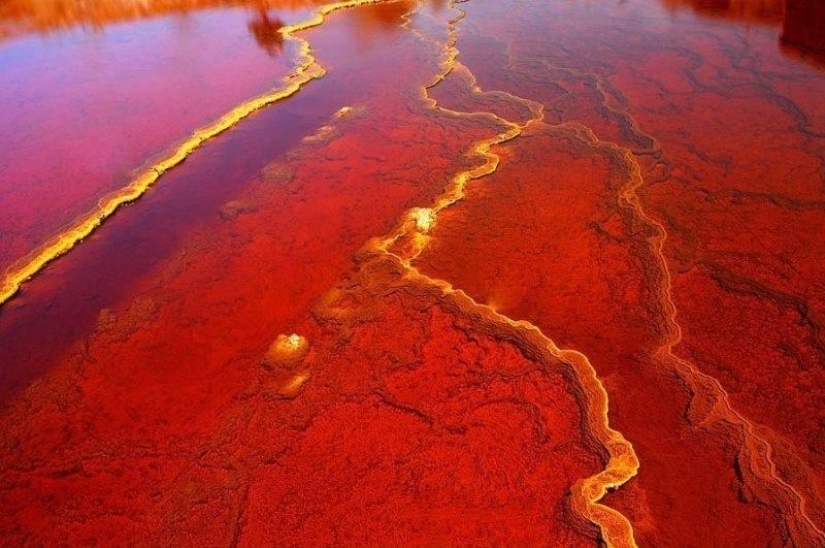
The blood-red waters of the Rio Tinto River, originating in the Spanish province of Huelva and flowing through Andalusia, are unattractive not only externally. Due to the high concentration of metals coming from copper, silver and gold mines, this reservoir has gained fame as one of the most acidic places on Earth. Water, the pH factor of which ranges from 1.7-2.5 and practically corresponds to the acidity of gastric juice, is dangerous for any living being. The only inhabitants of the "Martian river" are scientists' favorite aerobic bacteria extremophile, which feed on iron.
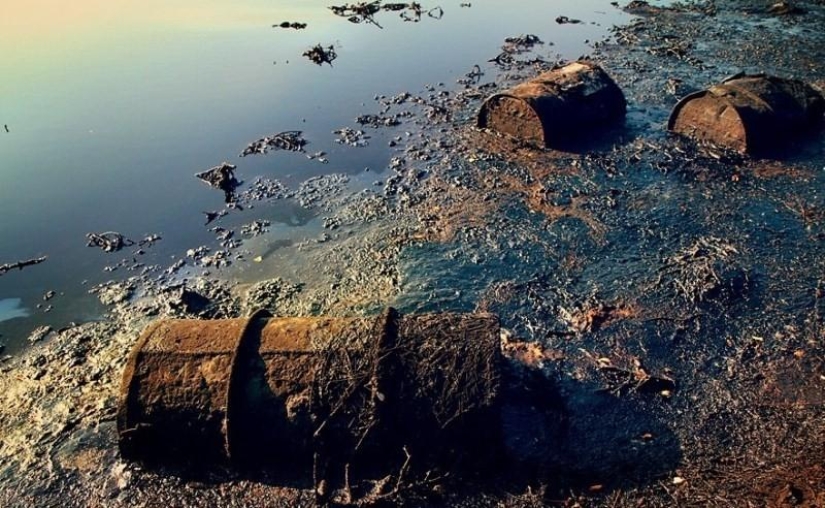
A few years ago, according to the instructions of the President of the Russian Federation, the swampy lake Black Hole, located between Nizhny Novgorod and Dzerzhinsk, should have been covered with sand and leveled to the ground. The reason for such a barbaric attitude to the reservoir is simple — this object of socialist heritage, saturated with waste from the Plexiglass plant, is recognized as one of the most polluted in the world. The stench emanating from the Black Hole is so strong that it interrupts even the fumes from the fires engulfing Russia on hot summer days, and the liquid filling the lake resembles an acrid black resin that sucks in all living things.
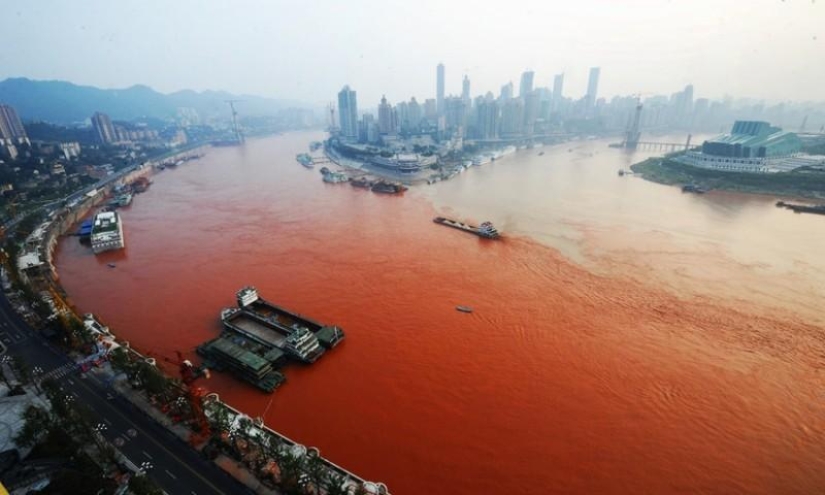
The third longest river in the world, second only to the Amazon and the Nile in length, surpasses them in another, not at all positive quality. Due to the fact that 17 thousand Chinese settlements located on the banks of the Yangtze River do not have purification systems, all their waste products are dumped into the reservoir without filtration. Numerous chemical plants, steel and oil refining complexes, as well as regular transportation of dangerous goods do not add purity to the river. According to the most conservative estimates, the volume of polluted water in China's main waterway reaches 34 billion tons and continues to grow.
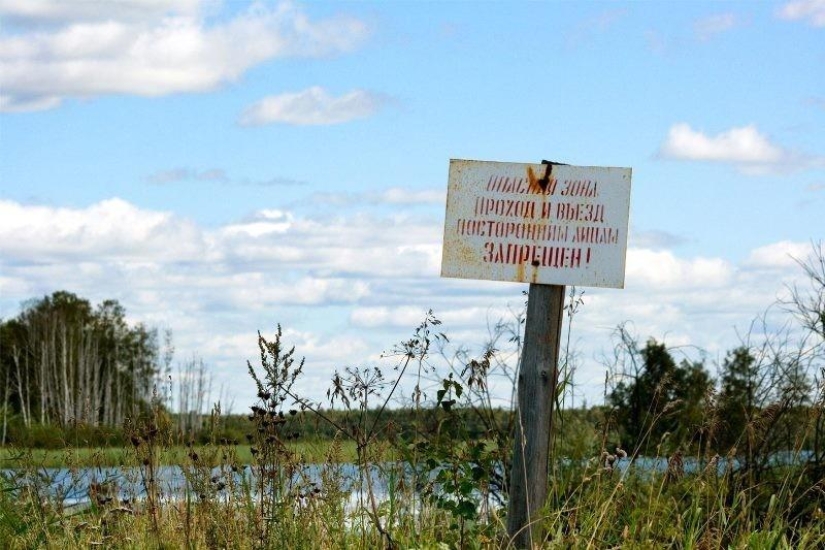
Until recently, one hour spent on the shore of Lake Karachai on In the Urals, it was enough to meet a painful death due to exposure to 600 X-rays. It's all the fault of the explosion that occurred at the storage of fissile materials of the Mayak combine in 1957 and caused unprecedented pollution of the Techa River and its cascade of ponds. Although every year the company receives several million rubles to eliminate the consequences of the disaster, groundwater continues to spread deadly radiation. Fortunately, according to recent studies, the situation in the area of Lake Karachai is gradually improving.
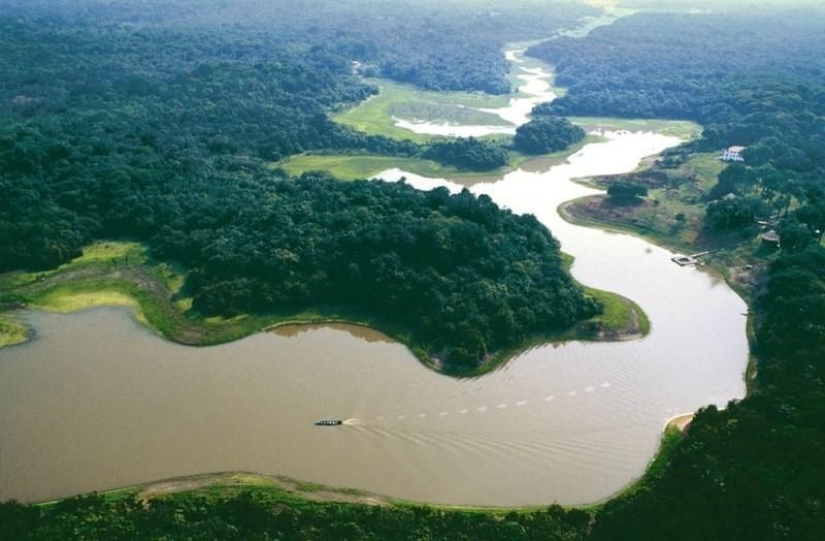
The danger of the world's deepest river, considered one of the seven natural wonders of the world, lies not only in its power. The artery, which pours about 220 thousand cubic meters of water into the Atlantic Ocean every second and is awarded the title of "River Sea", is teeming with bloodthirsty monsters. There are insatiable piranhas, ruthless black caimans, huge anacondas, giant predatory arkaim and small, but no less terrible parasites of candiru that penetrate the urinary system. The Amazon basin is full of impassable swamps and deadly quagmires, and its floods, forming high tidal waves, are disastrous for fields and villages.
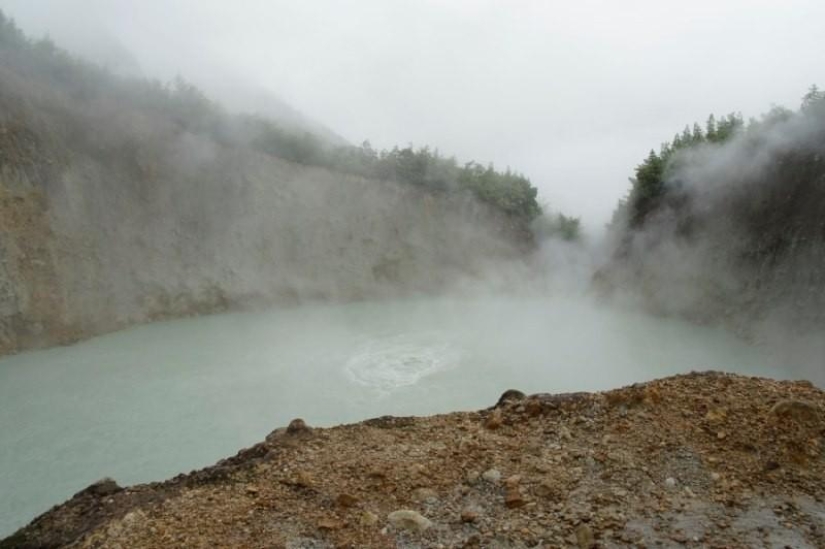
The lake, located near the Valley of Despair in the Dominican National Park Morne-Trois-Pitons, has a bad reputation. If you accidentally plunge here in the dry season, you can easily cook alive, repeating the path of the persistent tsar from the "Humpback Skate". The water temperature in the center of the Boiling Lake, shrouded in thick white steam, reaches 92 ° C and is suitable only for making tea. This reservoir has caused so many accidents that even in the rainy period, when the lake becomes relatively cool, swimming is strictly prohibited here.
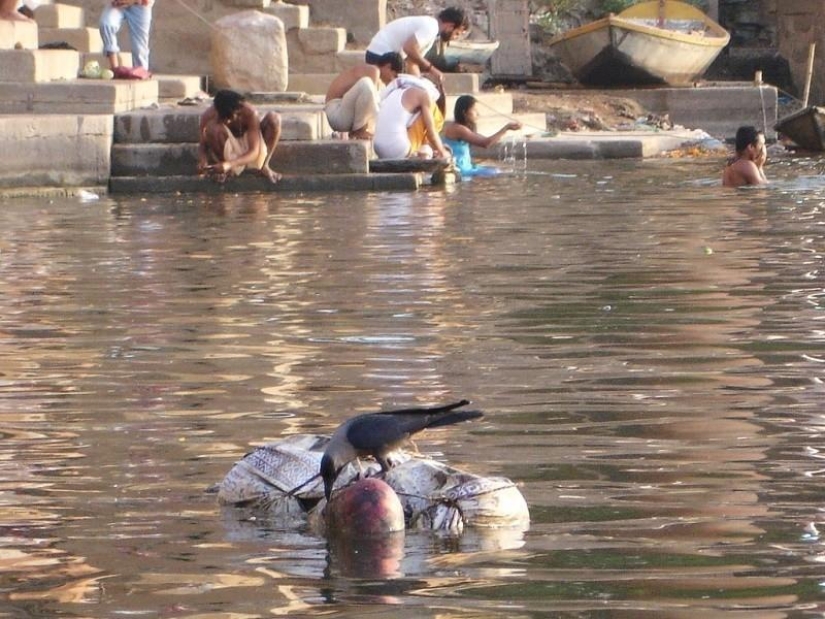
The Indian epic "Ramayana" tells that the waters of the sacred Ganges River are endowed with the power to bring the dead back to life and get rid of ailments. Unfortunately, reality is far from myths: the main river of India is included in the list of the most polluted reservoirs in the world. Waste from numerous industries and feces coming from overpopulated cities flock here. Even bathing in the Ganges, the number of enterobacteria in which is 120 times higher than normal, leads to infectious diseases and annually causes the death of thousands of people. To the problems hindering the purification of the sacred reservoir, the ritual burial of bodies in the Varanasi.
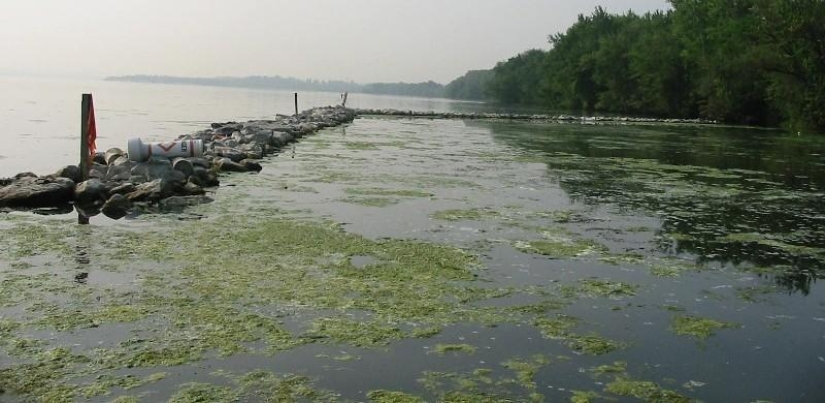
In the XIX century, Lake Onondaga, located near the American Syracuse, was a popular place to relax. A century later, the reservoir, which fell under the influence of technical "progress", was on the verge of an ecological catastrophe. In 1901, the Onondaga water, saturated with nitrates, phosphates, mercury and pathogenic bacteria due to the dumping of industrial waste, was banned from being used in the food industry. Bathing was vetoed in 1940, and fishing was vetoed in 1970. After the ban on waste emissions, the installation of sewage treatment plants and the adoption of the law on clean water, the situation with the lake is gradually improving, but the reservoir is still being cleaned for a very long time.
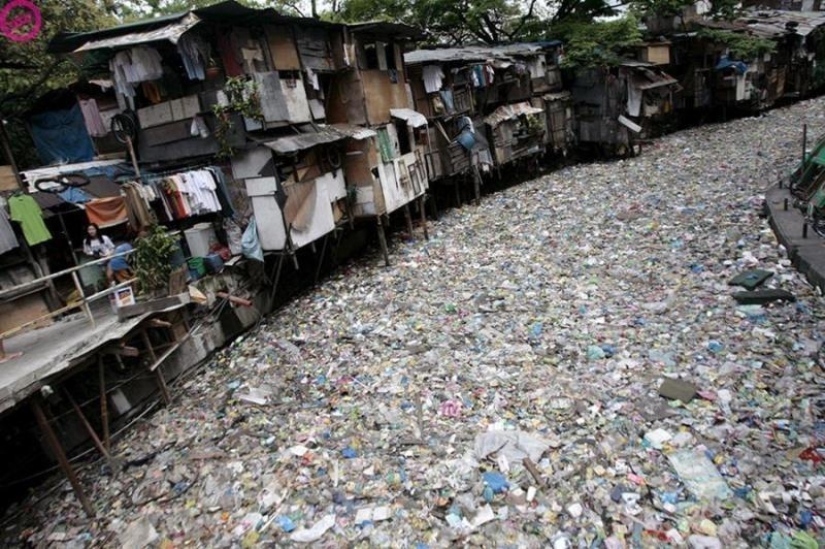
With the advent of advanced technologies, more than half a thousand factories have grown along the shores of the once picturesque, and now one of the most slagged rivers in nature, located on the island of Java. The reservoir, which previously served as a source of income for numerous fishermen, has become a home for other garbage hunters. Dirty water, teeming with bacteria and invisible under a thick layer of household and industrial waste, is still used for drinking and irrigation of fields. Scientists predict: in the coming years, the pollution of Citarum will reach a critical point and may lead to the shutdown of the largest on Java Hydroelectric power station.
Recent articles

Sometimes you see a tattoo on a person and think: "Why did he do it at all?". A familiar feeling? If you have never experienced it, ...

Taxi ride like a lottery — you never know if you will pull the winning ticket. Even the official services like Uber does not ...

Finnish photographer Juha Tanhua has shot an unusual series of "space photos". Astrophotographic images of stars, galaxies and ...